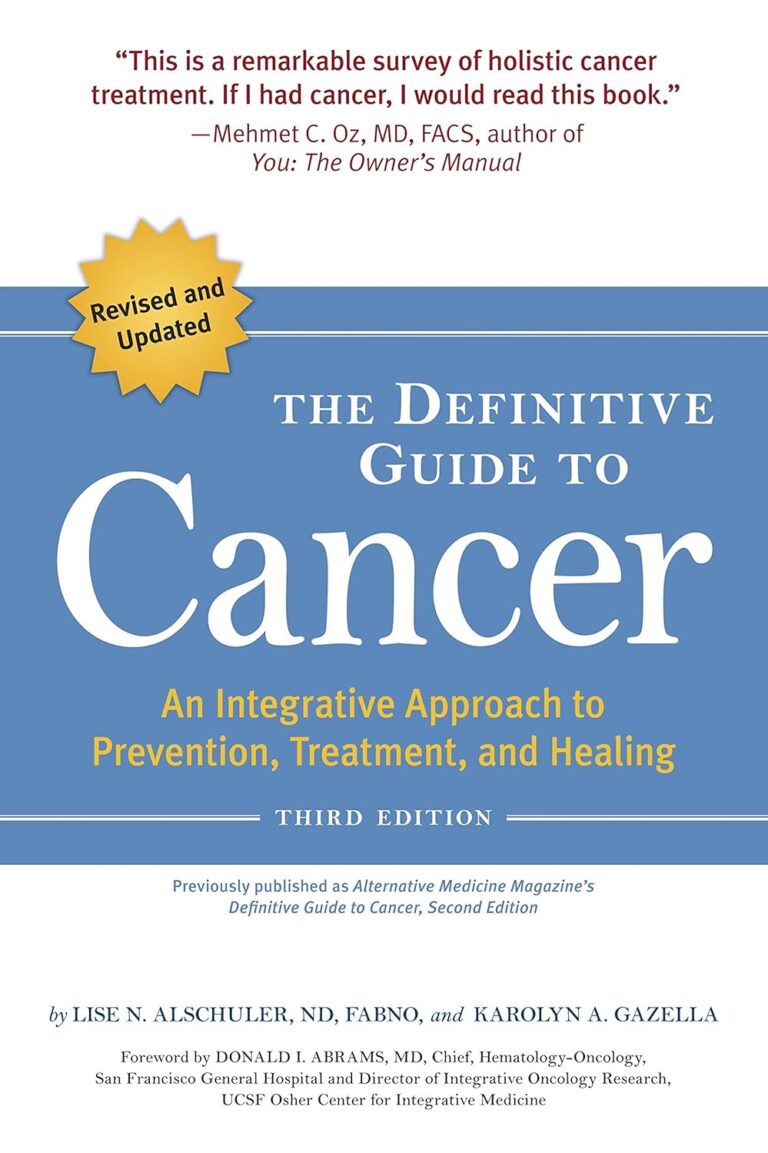The concept of healthcare systems has seen dramatic evolution with the advancement of technology, emergence of novel diseases, and the need for specialized care. Health is without a doubt a global concern. Therefore, understanding how healthcare systems work, not just domestically, but also at an international level, is incredibly essential.
One prominent feature of international healthcare that has seen an increased focus in recent times is cross-border healthcare. It is a phenomenon born from the interconnectedness of the modern world, and typifies the fluidity, flexibility, and complexity of present-day healthcare systems.
Definition of Cross-Border Healthcare
Cross-border healthcare refers to situations where patients travel from their home country to another country to seek medical care. This medical tourism may arise due to various reasons, including but not limited to, specialized care, lower costs, or shorter waiting periods.
The role of cross-border healthcare in the industry cannot be overstated. It brings much-needed dynamism and options for patients who might otherwise be limited by their domestic healthcare system. For instance, countries like India and Thailand are popular destinations for people seeking high-quality yet affordable treatments, while nationals from lower-income countries often travel to developed countries for specialized treatments often not available at home.
Background and Origin of Cross-Border Healthcare
Historically, cross-border healthcare arose more from necessity than choice. It was driven by the natural movement of people, such as migrants, refugees, or travelers seeking medical attention while abroad. Today, it is an integrated and intentional part of the global healthcare industry.
Legal regulations supporting cross-border healthcare vary globally. In the European Union (EU), the directive for cross-border healthcare establishes patients’ rights to access safe and high-quality medical care across its member states. This legal grounding supports the growth and institutionalization of cross-border healthcare.
Cross-Border Healthcare Dynamics
On the spectrum of cross-border healthcare participation, we find entities such as patients, healthcare providers, governments, insurance companies, and even the tourism industry. Each party has a role in shaping the dynamics of cross-border healthcare.
The process involved in cross-border healthcare includes researching for the best healthcare providers in the intended country, managing financial aspects like health insurance compatibility or out-of-pocket expenses, comprehending legal scenarios, and arranging travel and accommodation. It’s a multi-layered process that requires careful planning.
Advantages of Cross-Border Healthcare
The primary benefit of cross-border healthcare is access to specialized treatments unavailable or limited in the home country. For many, it may also provide quicker access to medical procedures, bypassing long waiting times in their home country.
Additionally, cross-border healthcare can offer financial advantages. Many countries provide quality healthcare services at a fraction of the price compared to developed countries. For instance, surgeries, dental care, or cosmetic procedures are popular healthcare services sought by people abroad.
Disadvantages and Challenges of Cross-Border Healthcare
Despite its advantages, cross-border healthcare also presents drawbacks and challenges. The legal implications of seeking treatment abroad can be complex and may differ vastly from domestic healthcare regulations, adding to the pressures of dealing with a medical condition.
Concerns over healthcare quality exist as well. Not all healthcare abroad meets the standard patients are accustomed to in their home country. Furthermore, cultural and language barriers may add another layer of complexity to the healthcare-seeking process abroad.
Cross-Border Healthcare: The Future
Current trends indicate a rising inclination towards cross-border healthcare. This increase is driven by factors like technological advancements in medicine, global connectivity, and the quest for cost-efficient treatments.
The impact of technology on cross-border healthcare is profound. From telemedicine consultations to digital health records, technology aids in seamless care across borders. Looking ahead, further integration of artificial intelligence and data analytics could revolutionize this aspect of healthcare even more.
Conclusion
In a globalized world, cross-border healthcare has emerged as a potent facet of international healthcare. Its importance lies in enriching the scope of medical treatments available to individuals, while its implications for the global healthcare industry are vast and continue to evolve.
Frequently Asked Questions
What exactly is cross-border healthcare?
Cross-border healthcare refers to the phenomenon where patients travel beyond their home country’s borders to seek medical care abroad.
What drives the demand for cross-border healthcare?
The demand for cross-border healthcare is driven by the need for specialized treatments, waiting time for certain procedures, and the cost of healthcare services.
What are the major challenges facing cross-border healthcare?
Challenges include legal complexities, healthcare quality concerns, and cultural and language barriers.
How does cross-border healthcare impact healthcare costs?
In many cases, cross-border healthcare can reduce healthcare costs significantly, though it depends on the country and specific medical procedure involved.
Is cross-border healthcare legal and what are the implications?
Yes, cross-border healthcare is legal. However, the legal implications and regulations differ from country to country, and must be thoroughly investigated before proceeding with the cross-border healthcare process.

















Comments
Thank you. Comment sent for approval.
Something is wrong, try again later